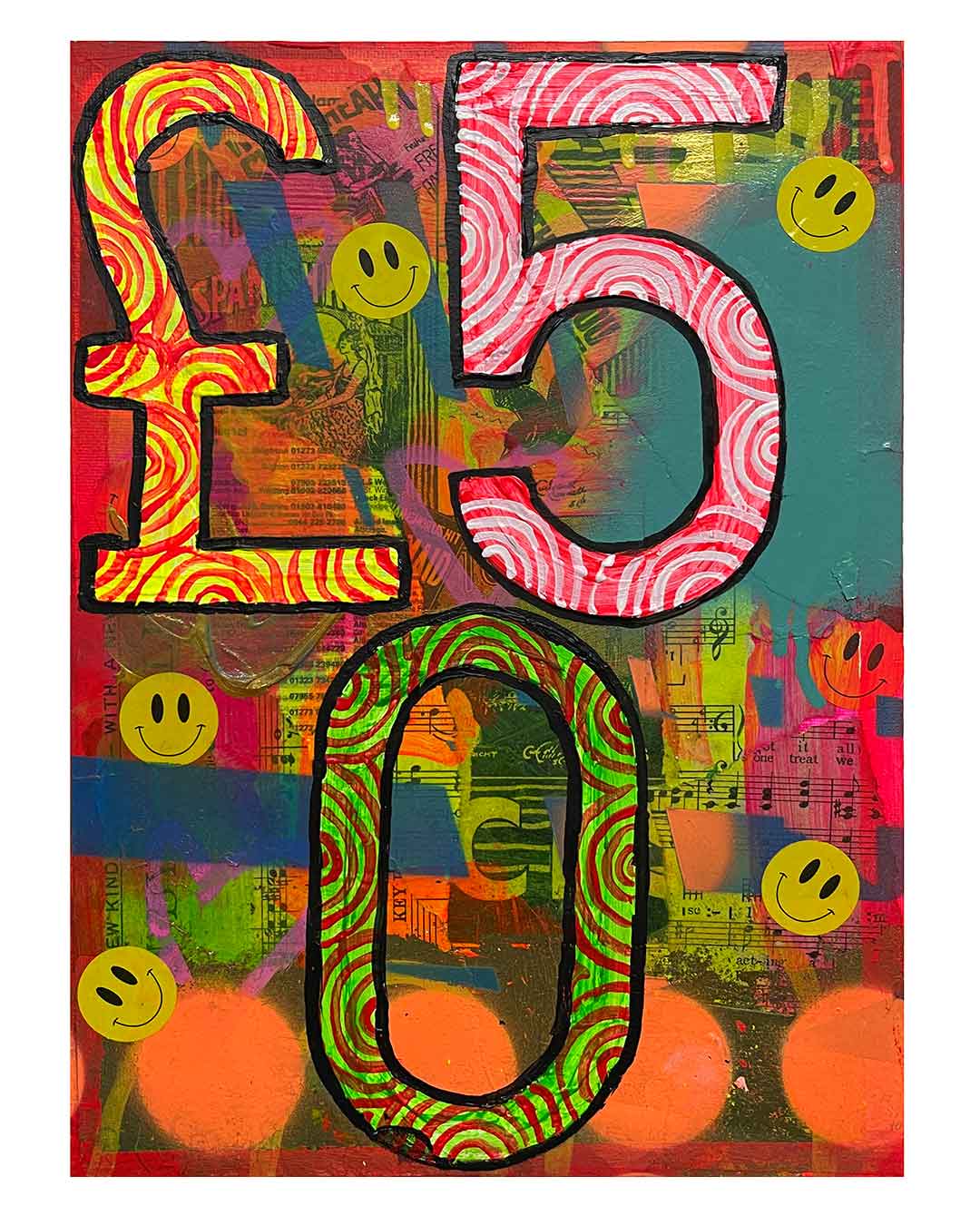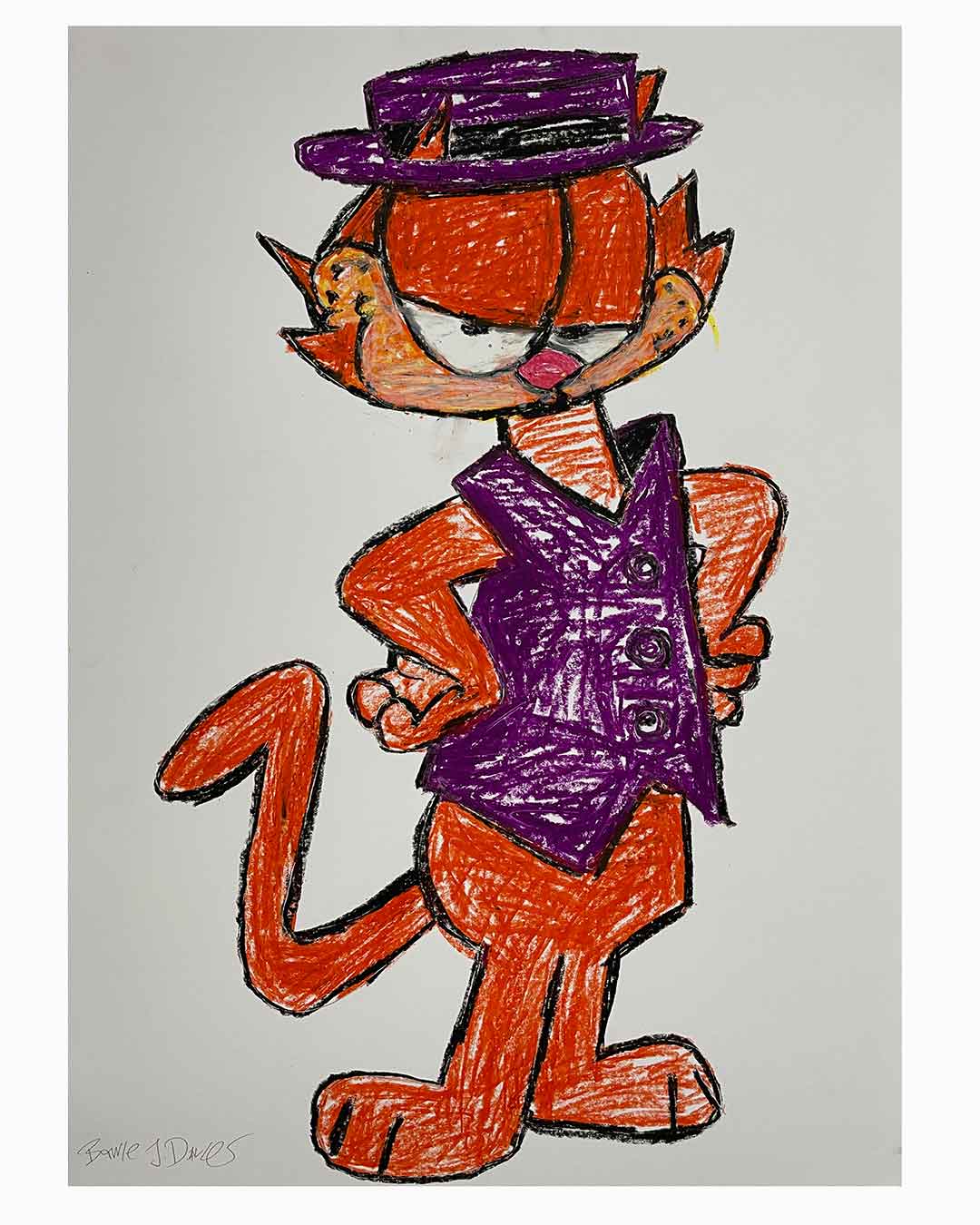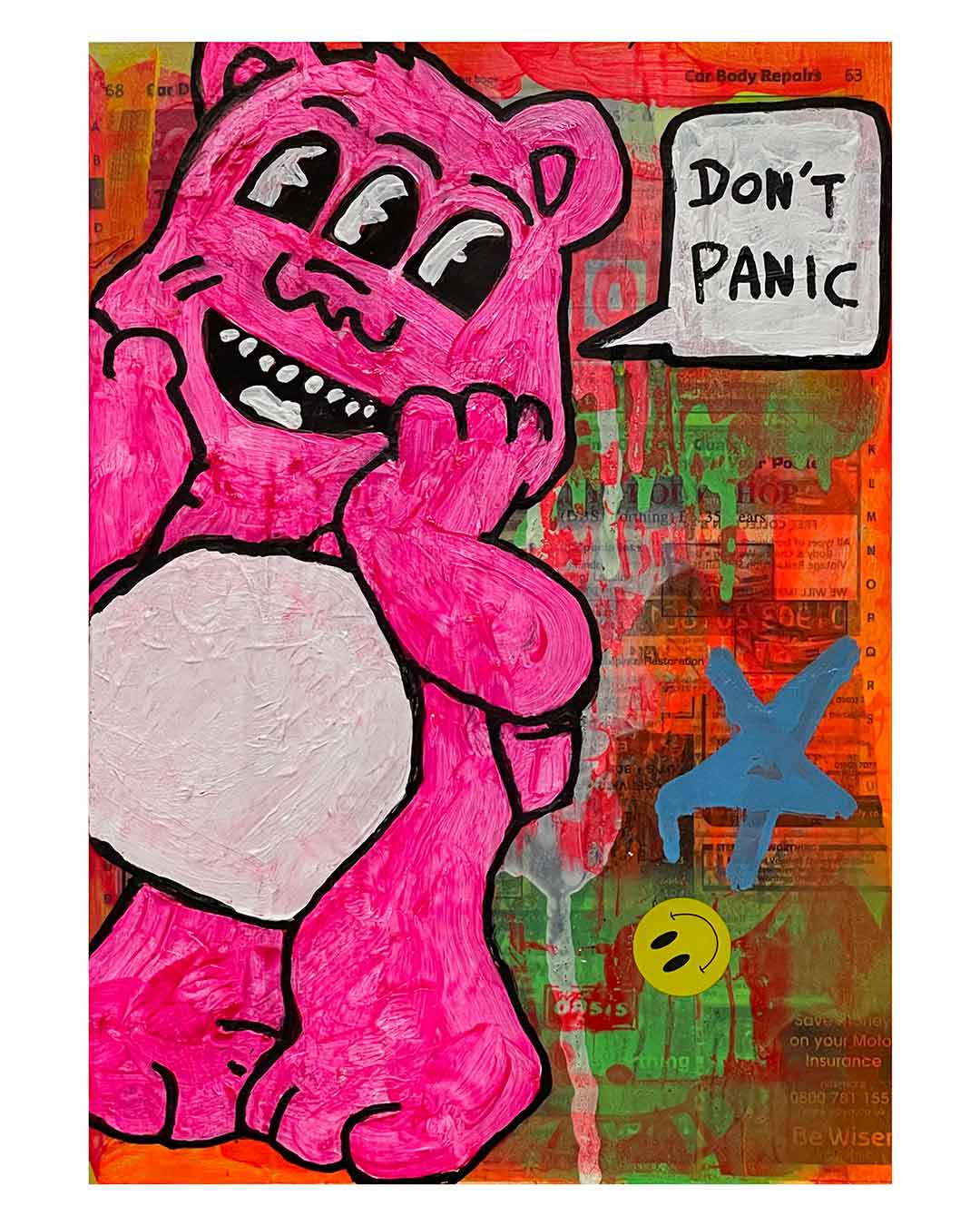What does affordable art mean? Because of its high cost, art has traditionally been seen as a luxury item for the affluent, with many people being discouraged from purchasing pieces they find inspiring. Similar to other non-traditional assets, art may need capital to be committed for a considerable amount of time before experiencing a noticeable increase in value. The global art market hit a record-breaking 51 billion euros in sales in 2014. In that year's global art auction turnover, paintings and drawings made up over 80% of the total, with sculptures making up roughly 15%. Compared to paintings and drawings, sculptures make up the second-largest part of the art market, although very little research has been done on them. However, in recent years, the idea of affordable art has gained popularity, opening up art to a larger audience.
Democratizing Art
Reasonably priced art is affordable art because it is available to a larger audience of art fans, not only wealthy collectors. Depending on the artist, medium, size, and other elements, the cost can vary significantly, but most budgets can usually afford it. It's about democratising art, dismantling boundaries, and making it possible for more people to appreciate and acquire works that motivate them. The democratisation of art is still a crucial component of cultural policies today, highlighting the significance of opening up expensive art institutions to a larger public. Nonetheless, it has been argued that appreciating art inevitably raises one's quality of life, and that this belief is exclusive and paternalistic. Opponents contend that rather than really involving new audiences and encouraging social participation, the goal of democratisation may serve the interests of already-existing art aficionados. Furthermore, there is a worry that elevating some art forms above others ignores different viewpoints on what makes a happy existence.
Various Mediums and Styles
A wide range of mediums and styles are available for affordable art, satisfying a diverse range of tastes and inclinations. There is affordable art to suit every taste, whether you prefer sculptures, paintings, prints, photos, or mixed media. Drawing in the context of artists' practices has been reevaluated, according to a report from an art journal, following the collapse of the Indian art market in the 21st century. Drawing has expanded to include a wide range of visual representations, including performance, installation, video, animation, textiles, embroidery, and sculpture. It is no longer limited to two dimensions. It is used for planning, mapping, communication, signage, and surface marking, among other things.
Drawings depict both living and nonliving subjects on two-dimensional surfaces and record the impressions of the artists' instruments. They display the artist's independence and spontaneity by showing landscapes, people, objects, and creative notions. Drawing methods based on computers are being used more and more to satisfy the demands of modern work, including architectural drawings. Drawing is used in many trades to create a wide range of items, including jewellery, furniture, sports, leather, cloth, and other artistic preparation or implementation. Drawing is therefore highly valued in a variety of fields and creative pursuits. There are countless alternatives, ranging from realism to abstract expressionism, modern to classic, enabling people to put together collections that convey their unique aesthetic.
Accessible Platforms
Art is becoming more widely available and affordable thanks in large part to the growth of internet marketplaces and platforms. By making the pricing of previously sold artworks publicly available, Artfinder has made a ground-breaking move. This is a practice that is more frequent in the secondary market but remains uncommon in the primary market. Because it lessens information asymmetry and gives buyers greater information, this action is advantageous for art investors. Furthermore, art e-commerce platforms facilitate the acquisition of works by known artists at higher prices as well as those by young and rising artists by casual or novice market participants. These platforms save investors time and effort by compiling extensive information about artworks and artists in one location. They take away the need for investors to go to auctions or galleries in order to have a sense of pricing, and they also do away with the requirement for them to cultivate a rapport with gallery owners in order to purchase the pieces they want.
Investing in Creativity
Investors should prioritise different types of information based on whether the platforms showcase known artists or up-and-coming ones. In order to increase the authenticity of their artwork, platforms that sell less costly artists typically place more emphasis on outside opinions, whilst those that display more expensive works depend less on outside approval. Art investors frequently use the material qualities of artworks and artist demographics—which are widely available on art e-commerce platforms—to aid in their decision-making. The significance of particular details differs based on whether the platform offers pieces by well-known or up-and-coming artists. Whereas more expensive works could already have established validity, platforms that sell less expensive works typically highlight other people’s perspectives in order to increase the legitimacy of the artwork. Because male artists usually have more information available than female artists, online art buyers interested in higher-priced works may find better investment opportunity in male artists. Artists’ institutional status appears to be a consistent factor influencing demand and prices on various platforms. Investors may take into account things like accolades obtained when making investments in up-and-coming musicians at cheaper price ranges.
Personal Connection
Through expression and reflection, art offers insights into one’s own self-perception. Self-views are shaped by popular culture, which is one way that society influences identity. Adolescents may be self-centred and concerned about what their peers think of them, but social surroundings also have an impact on identity. Self-expression is a reflection of life events as well as narrative. Important life skills that are applicable to many different areas are provided by art. Through art, children improve their comprehension of the world and their place in it by learning how to observe intently and interpret meaning from a variety of viewpoints. Furthermore, art helps children develop mental habits that support their intellectual and emotional development and help them stand out in the community. In the twenty-first century, self-identification reflects the complex dynamics of society by recognising inconsistencies, internal complexity, and changing nature.



